Dirac Video Coding De-Facto Standard

Introduction Dirac is a hybrid motion-compensated video coding standard that can be used without the payment of license fees. Dirac was released at around 2008. Dirac specification Typical hybrid video coder: taken from the paper “AV1 and VVC Video Codecs: Overview on Complexity Reduction and Hardware Design”, by MARCEL CORRÊA et al. Some features of […]
Network Jitter
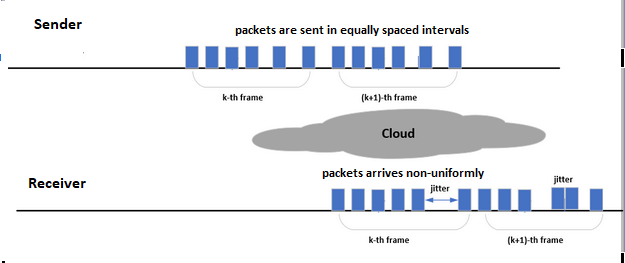
Content What’s Network Jitter How to Estimate Jitter Few of Experimental Data Network connection is influenced by a number factors: network delay, queuing delay in middle boxes, network jitter, packet loss, packet re-ordering and even packet duplication. In this post we speak about the network jitter. What’s Network Jitter Network jitter […]
Scalable Coding of SHVC with SHM Reference Codec
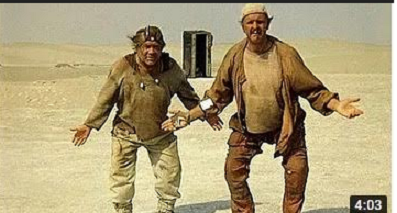
Download & Build Encode and Decode Base Layer Encode and Decode Dual SNR Performance Results Introduction Scalable video coding is coding of video in multiple layers, where each layer represents a different quality representation of the same video scene. The base layer (BL) is the lowest quality representation. One or more enhancement layers […]
How Compute BD-Rate?
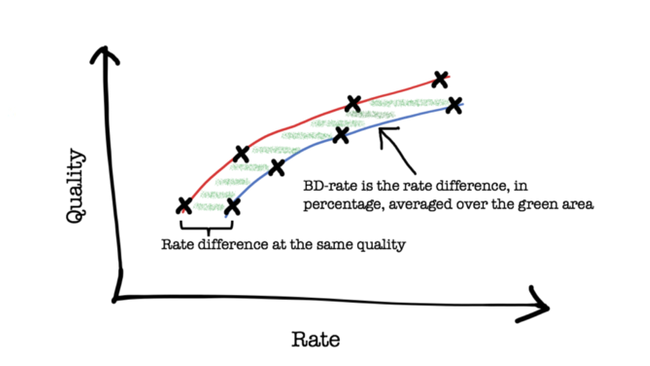
The PSNR/VMAF BD-rate is a measure of coding efficiency in the terms of the average change in bitrate for a fixed PSNR or VMAF quality between two video compression methods. Additional information on BD-Rate is present here (“Bjontegaard Delta-Rate Metric” by Maxim Sharabayko) For example, if PSNR BD-rate is -10% between codec A and […]
Live Video Streaming

There are three main categories of live video streaming: non-interactive video streaming of sport events, here the tolerated latency can be 0.5s-1s. low-latency interactive video for video conference, here the tolerable latency is ~300ms ultra-low latency cloud gaming, here latency should be 100-150ms at most. B-frames are avoided in low latency streaming, the following […]
Software Testing and Statistics (simplified cases from real practice)
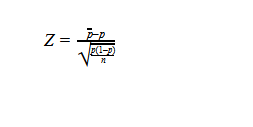
1) We often test programs which fails or get stuck occasionally (e.g. due to a race condition). Let’s suppose that after a specific fix the failure rate of the program has been reduced – how can we be sure with a high confidence this fix indeed reduces the failure rate and not the result of […]
Classification Visual Artifacts in Video Coding Systems

Content Blurring Color Bleeding Flickering Mosquito Noise Ringing Blockiness Staircase Motion Blur Tearing General Visual artifacts such as ringing, mosquito noise, flickering, blurring, blockiness etc. are caused directly or indirectly by the quantization in an encoder. Two types of video distortions are present: compression artifacts (due to lossy compression) and scaling […]
AVC/H.264 HRD (Hypothetical Reference Decoder)
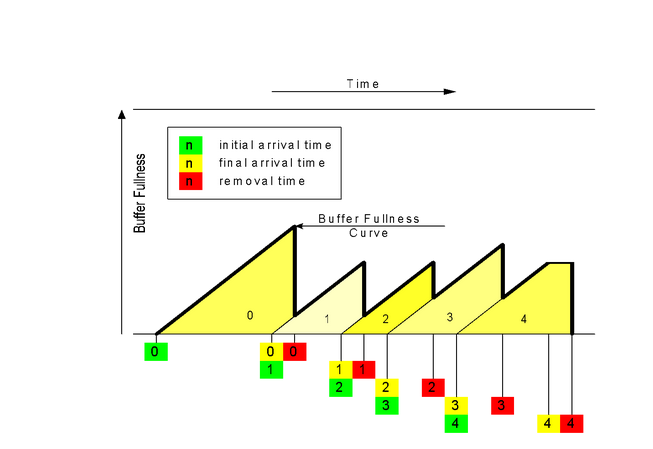
The sacred purpose of HRD does not overwhelm Decoder by strong fluctuations in instant bitrates General Flowchart Details Frames are removed from CPB instantaneously and decoded instantaneously and put onto DPB instantaneously. In other words a frame moves from CPB to DPB via Decoder in 0 seconds. Therefore HRD model is called Hypothetical. CBP […]
Visionular AV1 Codec versus HEVC Tesla T4 on Cloud Gaming Content
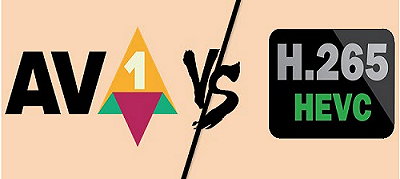
i compared Visionular AV1 codec (Aurora) against Nvidia Tesla T4 HEVC encoder on cloud gaming content and found that AV1 is significantly better than HEVC. With the permission of Visionular i share the results of the comparison: Conclusions: 1) On cloud gaming content AV1 Aurora reveals visual lossless coding (93 and above in VMAF) […]
LCEVC – New Scalable Video Standard
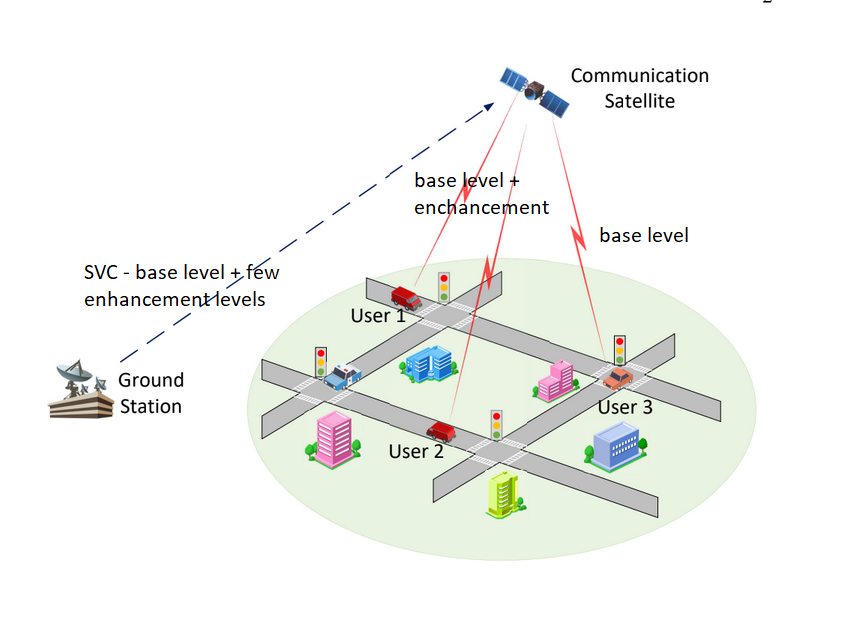
How Build and Run EVC Codec How Build and Run EVC Decoder In my opinion one of the reason why scalable video is non-popular in commercial applications – most of hw decoders in GPU cards don’t support scalable video because it’s complex and serial in virtue. Real-time decoding of scalable video by sw-encoders is […]
